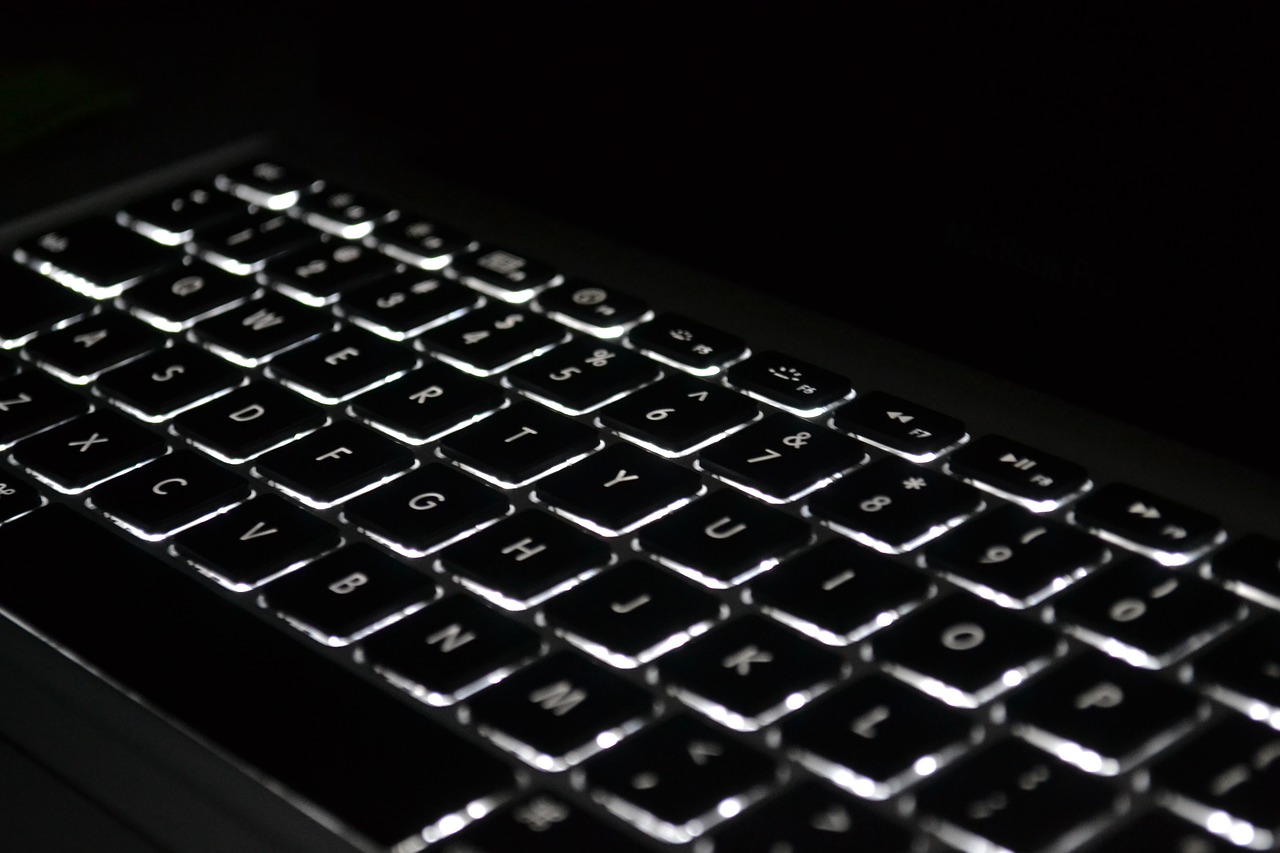
Therefore, only their presence can be reduced. Even though time can be refined, these tricks are going to always appear.

In a real environment, it is necessary to appropriately adjust the interval in between executions because many tricks may be produced, such as duplicated keys and non-registered keystrokes. The main problem of these keyloggers refers to the method (a loop running the function each X time) used to collect keystrokes. The keylogger core is practically already developed and it is only necessary to delete possible signatures that antiviruses could detect as well as add persistence and information exfiltering routines. The only advantage of using this approach lies in the availability of much documentation and examples to take into consideration. In case the function returns the decimal value “-32767” the script interprets that the key has been pressed. Besides, in each iteration the function G etAsyncKeyState() is applied over those characters in order to check the state of the key. Next, we go into a loop going over the numeric value of keyboard characters every each 40 milliseconds. The function GetAsyncKeyState of User32.dll from the PowerShell session is accessed through Add-Type. $logged = $getKeyState::GetAsyncKeyState($vkey)

Public static extern short GetAsyncKeyState(int = Add-Type -memberDefinition $signature -name "Newtype" -namespace newnamespace -passThru $signature = CharSet=CharSet.Auto, ExactSpelling=true)] Please, have a look to the following Keylogger.ps1 code excerpt for better understanding #. For that purpose, apart from the main loop calling the function, it is necessary a second loop running the rest of the keystroke mapping in order to check if the key is pressed or not. These keyloggers work by carrying out continuous requests using a loop on the function GetAsyncKeyState with the aim of checking if a particular key is pressed or not. A significant proportion of keyloggers programmed in PowerShell belong to this category, including the most well-known such as Get-KeyStrokes of Empire ( …/Get-Keystrokes.ps1) and Keylogger.ps1 of Nishang ( ). Those keyloggers basing their functioning on the use of the GetAsyncKeyState (User32.dll) function can be referred as “Type 1”. Keylogger in PowerShell type 1 – GetAsyncKeyState The vast majority of keyloggers in PowerShell that could be found prefer (wrongly, as we will see later on) the first aspect. At the time of tackling the way of intercepting and saving users’ keystrokes in the infected machine, the following two aspects can be observed: checking the state of keys or hooking keyboard events.

#How to detect keyloggers on windows 10 code#
The capacity of calling the API of Windows (system DLLs) and programming to the lowest level thanks to the C# code compilation on the flight make PowerShell a tool able to search memory patterns, capture keystrokes, load DLLs reflectively, etc. Frameworks such as Empire or Nishang, provide the pentester with a toolkit that can be used on a day to day basis in the development of security audits and penetration tests.

The use of PowerShell scripts in order to develop pentesting tasks in Windows environments has spread in recent years. Besides, advantages and disadvantages of each of the procedures are also included. Please, find in this post a detailed explanation of all the procedures explored during the development of the keystroke interception function of the keylogger software. And given the specific condition of the scenario, the best resulting option was programming a small script in PowerShell in order to save and exfiltrate keystrokes. The creation of a keylogger in PowerShell during the development of a Tarlogic Red Team exercise was necessary.


 0 kommentar(er)
0 kommentar(er)
